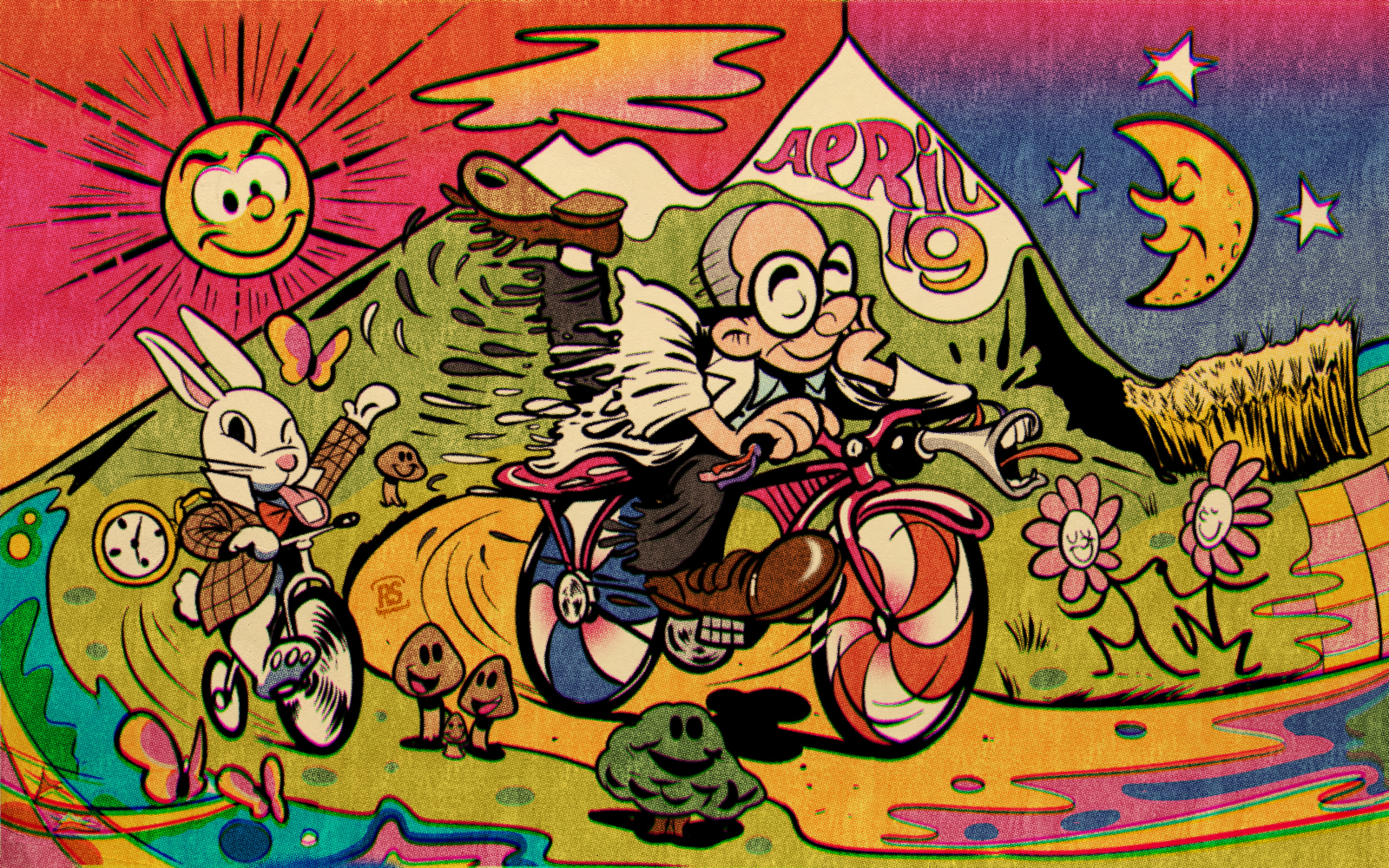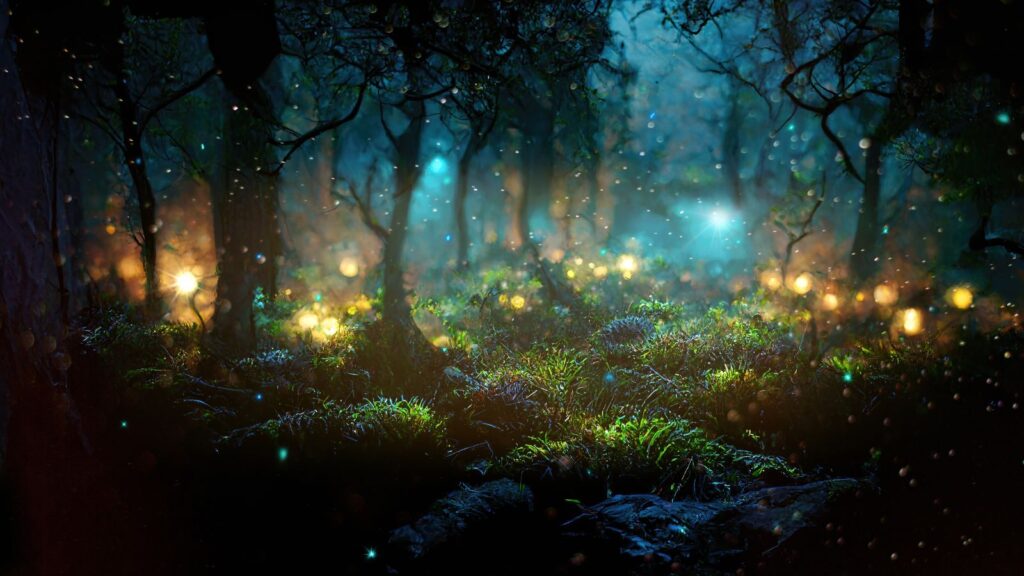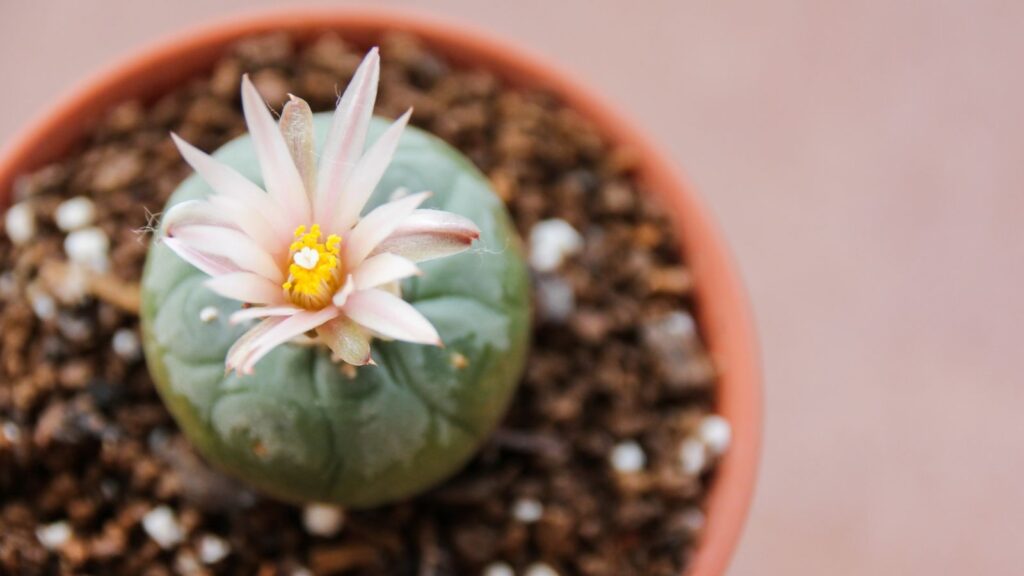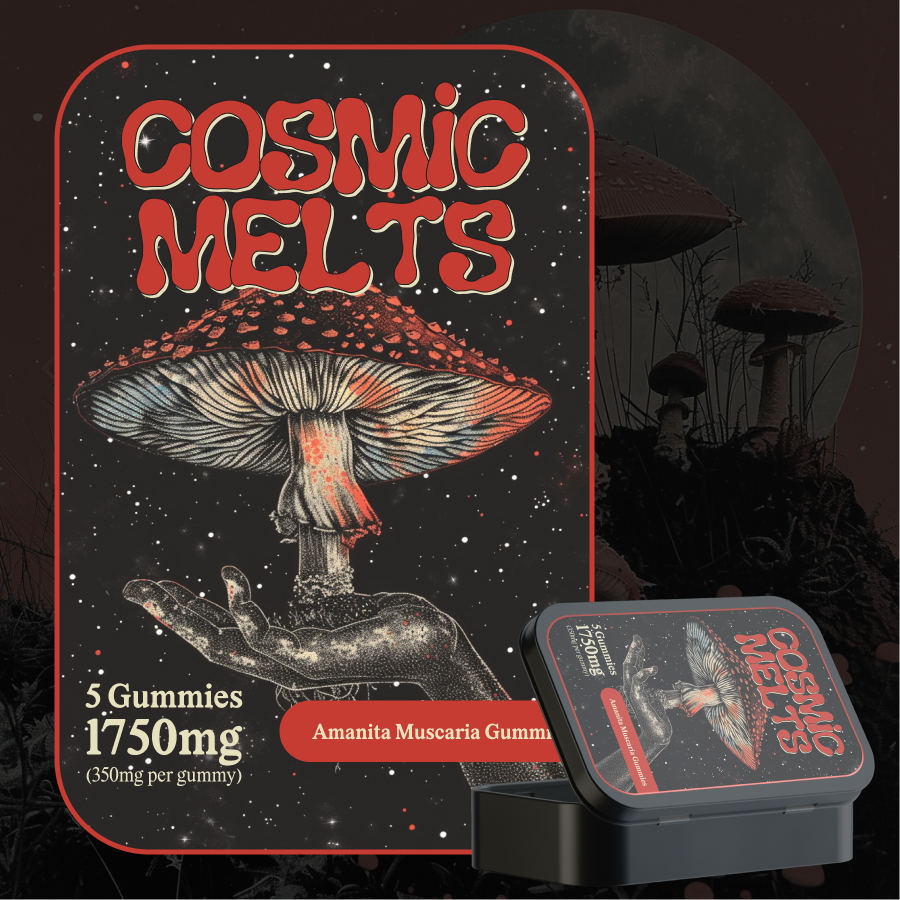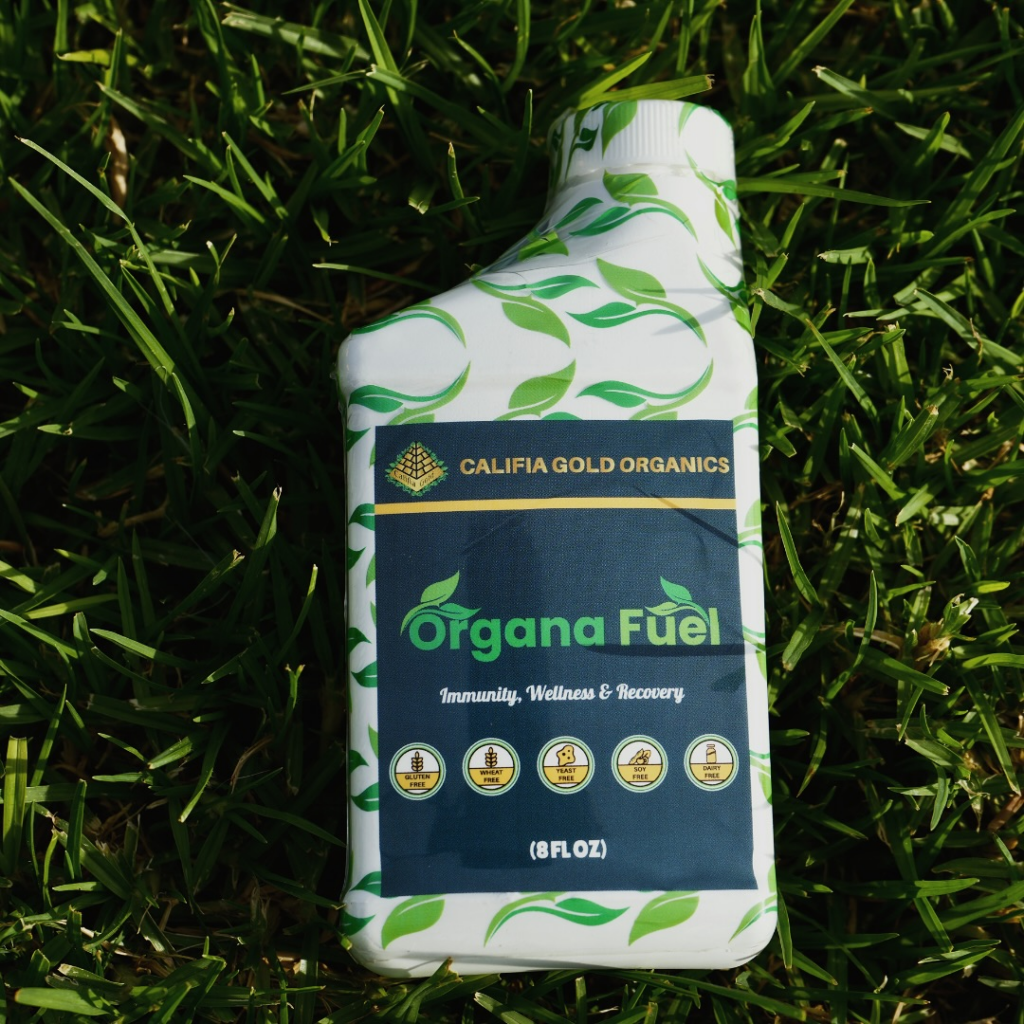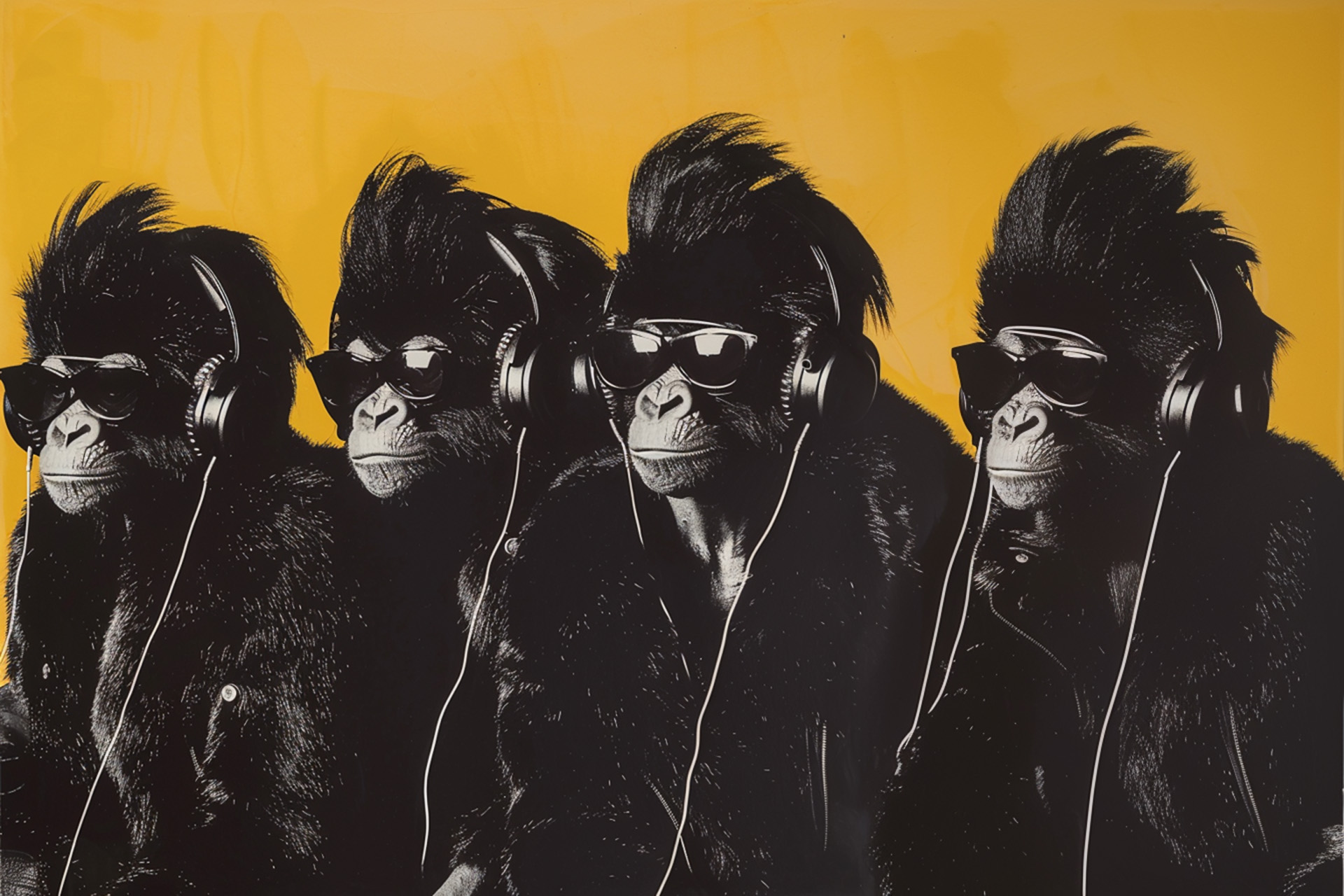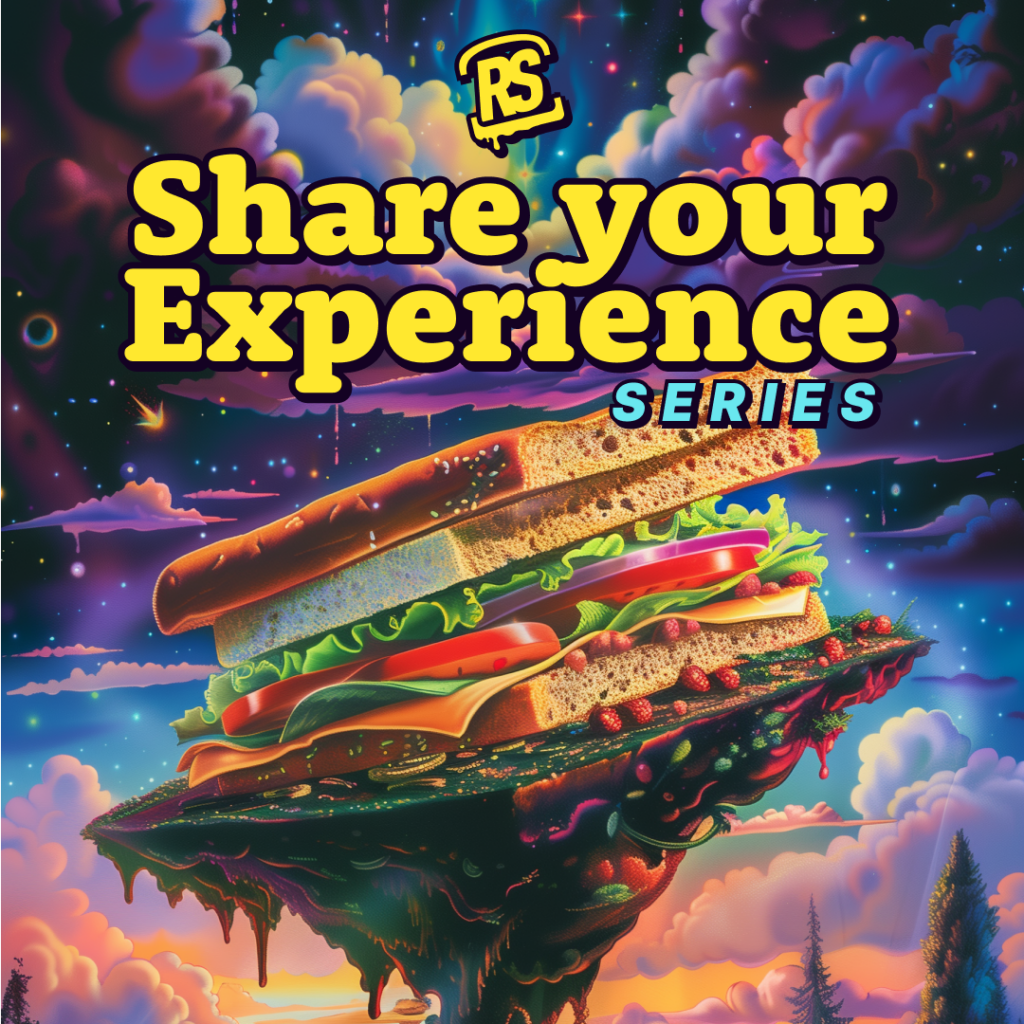Bicycle Day is an annual celebration that commemorates the first-ever intentional ingestion of lysergic acid diethylamide (LSD) by Swiss chemist Albert Hofmann on April 19, 1943. This event marks a significant milestone in the history of psychedelic substances, paving the way for research and cultural exploration that continues to this day.
In this article, we will dive into the origins of Bicycle Day, explore the significance of LSD, and learn more about the life and work of Albert Hofmann.
Who is Albert Hofmann?
Albert Hofmann (1906-2008) was a Swiss chemist best known for his discovery of LSD. His groundbreaking work on the psychoactive properties of LSD brought about a new understanding of human consciousness and sparked widespread interest in psychedelic substances.
Hofmann’s work also extended to the study of other naturally occurring psychedelics, such as psilocybin from magic mushrooms and various plant alkaloids. His research has had a profound impact on the fields of psychology, neuroscience, and pharmacology, as well as on the broader understanding of human consciousness.
LSD Overview
LSD is a potent psychedelic substance derived from ergot fungus. It is known for its ability to induce profound changes in perception, mood, and thought patterns. LSD is classified as a hallucinogen, although its effects can vary widely depending on the individual, dosage, and setting.
What is Ergot and its Role in the Discovery of LSD?
Ergot is a fungus that grows on rye and other grains. It has a long history of both medicinal and toxic effects, with its first recorded use dating back to the Middle Ages. Ergot alkaloids are a group of naturally occurring compounds found in the fungus. Some of these alkaloids have potent vasoconstrictive and psychoactive properties, which have been both revered and feared throughout history.
Hofmann was studying the medicinal potential of ergot alkaloids when he synthesized LSD for the first time in 1938. At the time, he was working for Sandoz Laboratories in Switzerland, and his primary goal was to develop a circulatory and respiratory stimulant. Although the initial effects of LSD were not deemed significant, Hofmann continued his research into the compound, eventually leading to the historic events of Bicycle Day.
The Effects of LSD
LSD users often report experiencing visual and auditory hallucinations, changes in perception of time and space, increased introspection and heightened emotional sensitivity. The effects can last anywhere from 6 to 12 hours, depending on the dose and individual factors.
While the use of LSD has been controversial due to its association with the counterculture movement of the 1960s and 1970s, recent research has shown that it may have therapeutic potential for treating a variety of mental health conditions, including depression, anxiety, and PTSD.
“I believe that if people would learn to use LSD’s vision-inducing capability more wisely, under suitable conditions, in medical practice and conjunction with meditation, then in the future this problem child could become a wonder child.”
– LSD: My Problem Child by Albert Hofmann (1980)
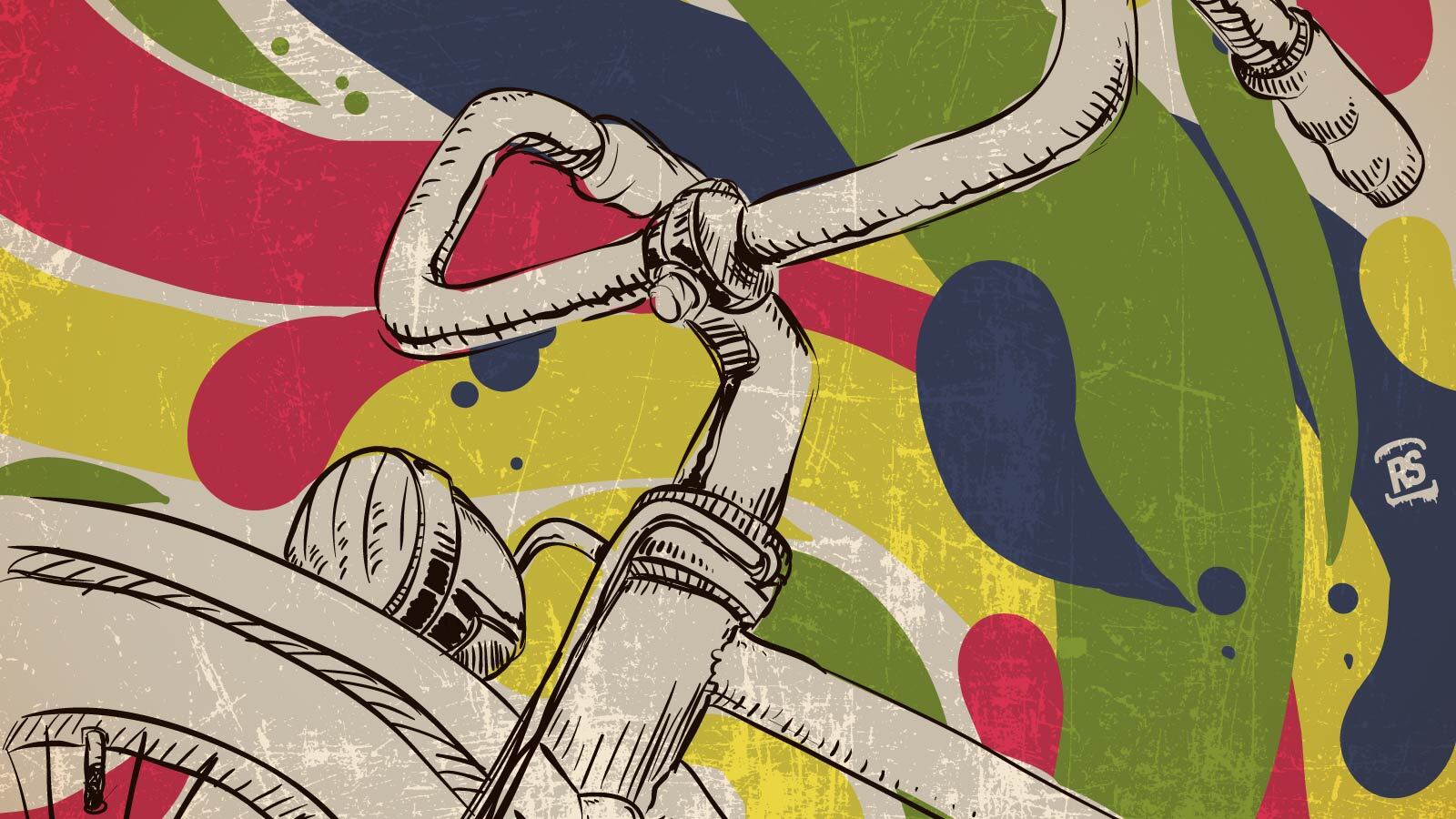
The Famous Bicycle Ride: A Journey into the Unknown
Hofmann’s famous bicycle ride on April 19, 1943, was a groundbreaking event that marked the beginning of the modern psychedelic era. As the first person to intentionally ingest LSD, Hofmann embarked on an unprecedented journey into the depths of his mind, experiencing a series of profound effects that would ultimately shape the course of psychedelic research.
The Onset of LSD Effects
After ingesting 250 micrograms of LSD, Hofmann began to feel its effects within just 40 minutes. He later described experiencing intense visual distortions, vivid colors, and an overwhelming feeling of anxiety. Recognizing that he needed to return home, Hofmann decided to ride his bicycle, accompanied by his lab assistant. And thus, Bicycle Day began!
A Surreal Ride Home
As Hofmann and his assistant began their ride home, the chemist’s perceptions of the world around him were dramatically altered. He reported feeling as if his consciousness had separated from his physical body, leaving him with a sensation of floating above the ground. The environment appeared to be in constant flux, with shapes and colors morphing and dissolving before his eyes.
Despite the overwhelming nature of his experience, Hofmann was able to navigate his way home, propelled by the familiar sensation of pedaling his bicycle. The journey, which took approximately two hours, would later be remembered as the first-ever “trip” on LSD.
The Aftermath and Insights
Upon arriving home, Hofmann sought medical assistance, as he was unsure whether the effects of LSD were the result of a drug-induced hallucination or an actual poisoning. After being reassured that he was not in any immediate danger, Hofmann began to relax and explore the more positive aspects of the experience.
In the following hours, Hofmann reported experiencing a deep sense of interconnectedness with the world around him, as well as a newfound appreciation for the beauty and wonder of existence. These revelations would go on to shape his understanding of LSD’s potential as a tool for exploring human consciousness and catalyzing personal growth.
The Lasting Impact of Hofmann’s Bicycle Ride
The events of Bicycle Day continue to hold a special place in the history of psychedelic research and culture. Hofmann’s courageous journey into the unknown laid the groundwork for a new era of exploration, ultimately inspiring generations of scientists, artists, and spiritual seekers to investigate the mysteries of human consciousness.
Bicycle Day serves as a reminder of the importance of curiosity, open-mindedness, and the pursuit of knowledge, as well as the potential benefits and risks associated with psychedelic substances. The famous bicycle ride continues to be celebrated and honored, both as a symbol of the psychedelic movement and as a testament to the pioneering spirit of Albert Hofmann.
When was Bicycle Day Recognized?
The term “Bicycle Day” was coined in 1985 by Dr. Thomas B. Roberts, a professor at Northern Illinois University, as a way to celebrate the anniversary of Hofmann’s fateful bicycle ride. Since then, the event has grown in popularity, with celebrations taking place around the globe. It has become a rallying point for those interested in psychedelic research, drug policy reform, and the exploration of consciousness.
“Through my LSD experience and my new picture of reality, I became aware of the wonder of creation, the magnificence of nature, and the animal and plant kingdom. I became very sensitive to what will happen to all this and all of us.”
– Interview with Albert Hofmann by Marlene Dobkin de Rios (1996)
How to Celebrate Bicycle Day
Bicycle Day is an opportunity to honor the legacy of Albert Hofmann and his groundbreaking discovery of LSD. Celebrating this day can take many forms, from attending events to educating oneself about the history and potential benefits of psychedelics. Here are some suggestions on how to make a positive impact on the legalization and de-stigmatization of psychedelic substances, as well as how to safely approach LSD for beginners.
Participate in Bicycle Day Events
Many cities and communities host Bicycle Day events, which can include bike rides, art installations, film screenings, and panel discussions. Participating in these events not only allows you to connect with like-minded individuals but also raises awareness about the importance of psychedelic research and the potential therapeutic benefits of substances like LSD.
Support Psychedelic Research and Advocacy Organizations
Several non-profit organizations and research institutions are dedicated to advancing our understanding of psychedelics and advocating for changes in drug policy. By supporting organizations such as the Multidisciplinary Association for Psychedelic Studies (MAPS), the Beckley Foundation, and the Heffter Research Institute, you can contribute to the ongoing efforts to legalize and de-stigmatize psychedelics.
Engage in Conversations about Drug Policy Reform
Advocate for evidence-based drug policies that prioritize public health and harm reduction. Engage in conversations with your community and local representatives, emphasizing the need for a shift in perspective on psychedelic substances and their potential benefits.
Educate Yourself and Others
One of the most effective ways to combat stigma and misinformation about psychedelics is by educating yourself and others about the history, science, and potential benefits of these substances. Share articles, books, documentaries, and other educational materials with your friends, family, and social networks to help dispel myths and encourage informed conversations about psychedelics.
Practice Harm Reduction and Responsible Use
If you are considering using LSD or any other psychedelic substance, it is essential to approach the experience with caution, respect, and a focus on harm reduction. Keep the following guidelines in mind if you are a beginner:
- Research and understand the substance you plan to use, including its effects, duration, and potential risks.
- Start with a low dose to minimize potential adverse effects and gauge your response to the substance.
- Choose a safe and comfortable setting, preferably in the presence of a trusted and experienced guide or sitter.
- Ensure that you are in a positive mental and emotional state before embarking on the experience.
- Be aware of any potential interactions with other medications or health conditions, and consult with a healthcare professional if necessary.
By following these guidelines and promoting responsible use, you can help create a culture of safety and respect around psychedelic experiences.
Is LSD Legal?
LSD’s legal status varies across the globe, with some countries implementing strict controls, while others have more lenient policies. It is important to understand the laws and regulations surrounding LSD in your country or region before considering its use.
United States
In the United States, LSD is classified as a Schedule I controlled substance under the Controlled Substances Act. This classification means that it is considered to have a high potential for abuse, no accepted medical use, and a lack of accepted safety for use under medical supervision. Possession, sale, or distribution of LSD can result in severe criminal penalties, including imprisonment and fines.
Europe
In most European countries, LSD is also considered an illegal substance, with similar restrictions and penalties in place. However, some countries have adopted harm reduction policies, focusing on education and treatment rather than criminalization. In Portugal, for example, the possession of small amounts of drugs, including LSD, has been decriminalized, and individuals found with such substances are referred to treatment programs rather than facing criminal charges.
Other Countries
Laws regarding LSD vary widely in other parts of the world. Some countries, such as Canada, have allowed limited research into the potential therapeutic uses of LSD under strict regulatory guidelines. In Brazil, the use of some naturally occurring psychedelics, such as ayahuasca, is legal for religious purposes. However, LSD remains illegal for recreational use.
It is crucial to familiarize yourself with the laws and regulations surrounding LSD in your country or region to avoid potential legal consequences. Additionally, the safety and potential risks associated with the use of LSD should be considered, as well as the importance of using it responsibly and under appropriate supervision, if at all.
Have a Happy Bicycle Day!
Bicycle Day is a significant event in the history of psychedelic substances, marking the first intentional ingestion of LSD by Albert Hofmann. His groundbreaking work has had a profound impact on our understanding of human consciousness and the potential therapeutic applications of psychedelic substances.
Today, as research into the potential benefits of psychedelics continues to expand, the legacy of Bicycle Day serves as a reminder of the importance of scientific curiosity and the ongoing quest to better understand the human mind.
Disclaimer: LSD is potentially categorized as an illegal drug. Reality Sandwich is not encouraging the use of this drug where prohibited. However, we believe that providing information is imperative for the safety of those who choose to explore such substances. This guide is intended to give educational content and should in no way be viewed as medical recommendations.
